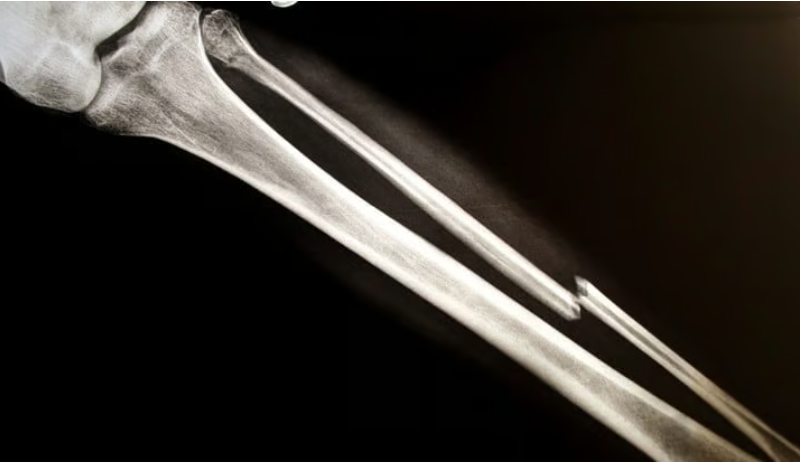Ultragenyx Pharmaceutical has strengthened the evidence on its brittle bone disease prospect. The drug candidate triggered fast, significant improvements in bone mineral density, encouraging the biotech to race into the phase 3 portion of the study and try to wrap up enrollment this year.
The first part of the phase 2/3 clinical trial tested two doses of the anti-sclerostin antibody setrusumab in 24 patients aged five to 26 years with osteogenesis imperfecta, a genetic disorder known colloquially as brittle bone disease. Ultragenyx paid Mereo BioPharma $50 million for ex-Europe rights to the therapy in 2020 on the strength of evidence that it increases bone formation and density.
Previously, the partners linked 20 mg/kg of setrusumab to an 8.97% increase in bone mineral density in the lumbar spine after 12 months. The latest data drop shows the same setrusumab dose drove a 9.4% increase in younger patients in three months, validating the idea that the drug will work faster in kids.
Based on the data, Ultragenyx is forging ahead with the phase 3 portion of the study. Screening is now underway, and, boosted by the phase 2 data, the biotech is hoping enrollment will proceed swiftly, as CEO Emil Kakkis, M.D., Ph.D., told investors on a conference call to discuss the data.
“One of the advantages of the phase 2, phase 3 design is that all the sites and contracts are all done. The majority of sites are up, particularly in the U.S., and so that will help us enroll faster,” Kakkis said. “The data we’re putting out today will help us because I think it’ll give doctors more confidence in the power of the drug and the importance of the study and the health of their patients.”
Ultragenyx hopes to complete enrollment this year, but, with 195 patients to get into the study, it still has lots of work to do. Once patients are in the study, the biotech will look at interim data to determine how long it needs to follow patients. The phase 3 portion of the trial is using the annualized rate of fractures as its primary endpoint, and Ultragenyx is unsure whether patients will need to be tracked for 12 months or longer.
“If the reduction effect size is greater than 50%, and the separation between the groups happens very quickly, as the data would suggest, it would imply to me that there’s the possibility of separating at 12 months,” Kakkis said. “If you assume … enrollment taking through the end of the year, you can imagine it would probably not be in ‘24, unless the study ended early because of the interim.”
Ultragenyx is taking the lower of the two doses tested in the phase 2, 20 mg/kg, forward into the phase 3 portion of the study. The 40-mg/kg dose had a bigger effect than 20 mg/kg, but the difference was small. Ultragenyx has more long-term safety data on the lower dose and, as Kakkis put it, saw “no reason to take on the risk and the additional costs of doing 40 when there wasn’t much there to get from it.”

